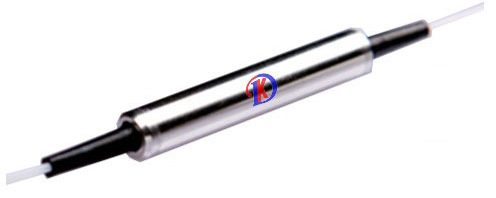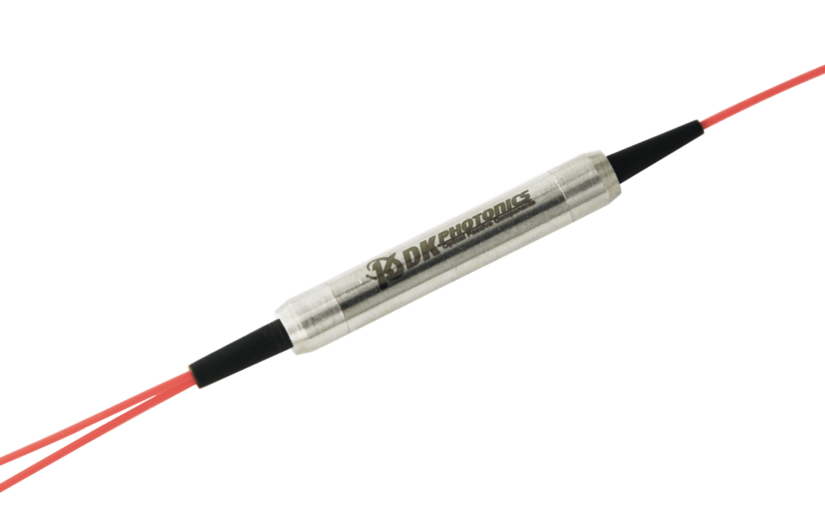Fiber optic couplers are a critical component of fiber optic communication systems and networks. They allow two or more fiber optic cables to be connected, as well as split and combine signals. In this blog post, we will discuss how these devices work and their various benefits.
We will also explore the different types of optical fused couplers and when they should be used. By the end of this post, you will have a better understanding of how fused fiber optic couplers work and why they are so useful.
What are Fused Fiber Optic Couplers?
Optical fused couplers are special components used to join two optical fibers together, allowing for the transfer of data. In most cases, these couplers are made from fiber-reinforced plastic (FRP) and feature a small glass window, which is sealed with an adhesive.
Fused fiber optic couplers are an important component in optical communication networks, providing a way to connect two fibers or split a single fiber into multiple fibers. They are used in a variety of industries, including telecommunications, medical imaging, and data centers.
At the most basic level, a fused fiber optic coupler consists of two fibers that are connected together. The two fibers are heated and fused together, forming a single fiber optic connector. The fused connector has multiple channels, which allow light to pass from one fiber to the other.
What are the benefits?
There are several advantages of using fused fiber optic couplers over other types of connectors.
- They offer superior performance and reliability due to their low insertion loss and return loss. They offer high flexibility and scalability, allowing you to expand your system with additional connections as needed.
- Furthermore, because fused fiber optic couplers are so durable, they can stand up to extreme temperatures, as well as shock and vibration. This ensures that your connection remains consistent even when faced with challenging environmental conditions.
- Additionally, these couplers are designed to be low maintenance, requiring minimal upkeep over their long lifespan. This makes them a cost-effective option for businesses looking to optimize their networks.
- Finally, due to their small size and light weight, they are perfect for applications where space is at a premium, such as in mobile or satellite communications.
- For these reasons, fused fiber optic couplers can be an ideal choice for businesses seeking to take advantage of the latest in communication technology. They offer a reliable, cost-effective solution that can help ensure smooth and consistent data transmission in any environment
How do they work?
Fused fiber optic couplers are an important component in modern fiber optic communication systems. They are used to connect two or more optical fibers together, allowing them to transmit data simultaneously over a single transmission line.
The fibers are fused together using heat, which creates a strong connection that can last for many years. This type of coupling is widely used in both commercial and military applications.
Optical fused couplers work by allowing light from one fiber to travel through another. The coupling is created when two fibers are heated and then fused together.
As the fibers fuse, their cores become permanently linked, forming a secure and reliable connection between the two. The resulting connection allows data to travel between the two fibers, as well as be transmitted through multiple connected fibers.




